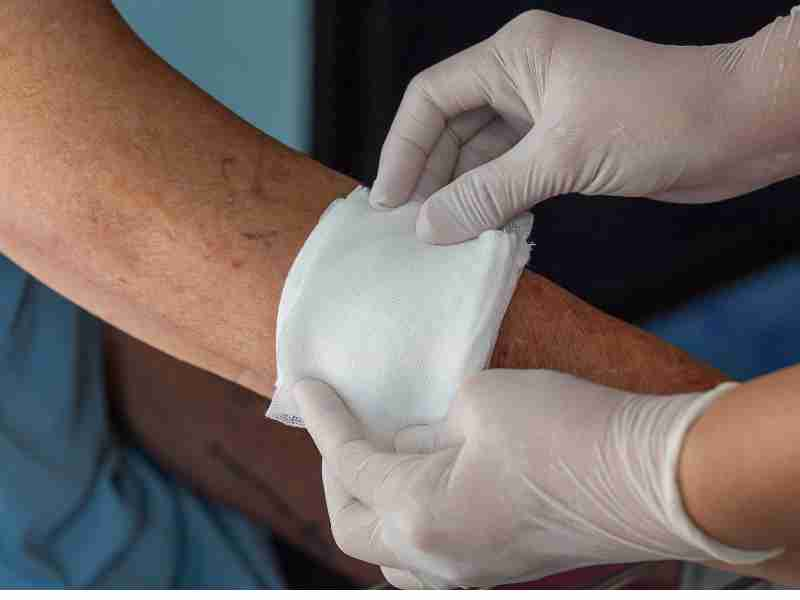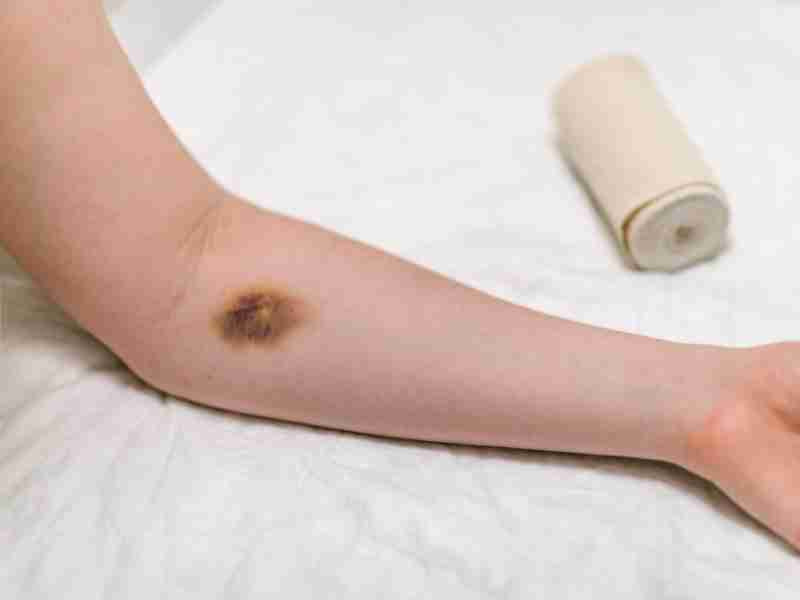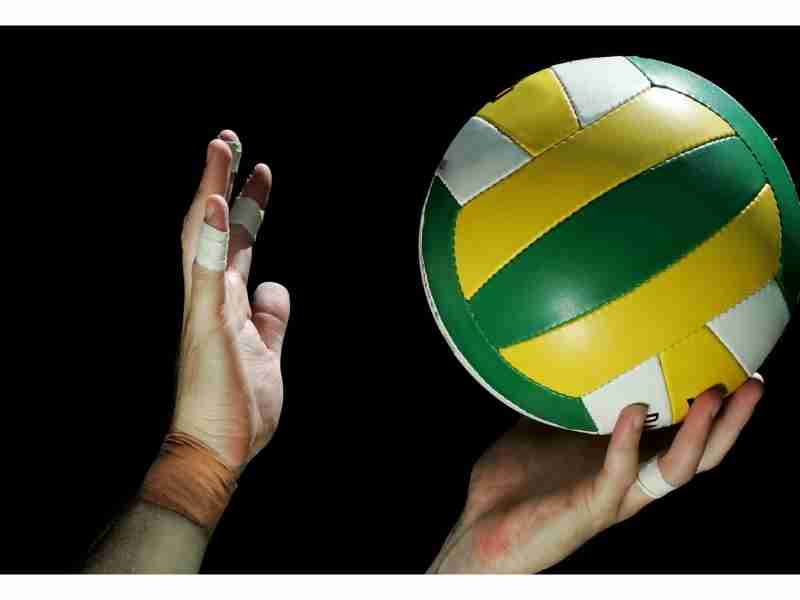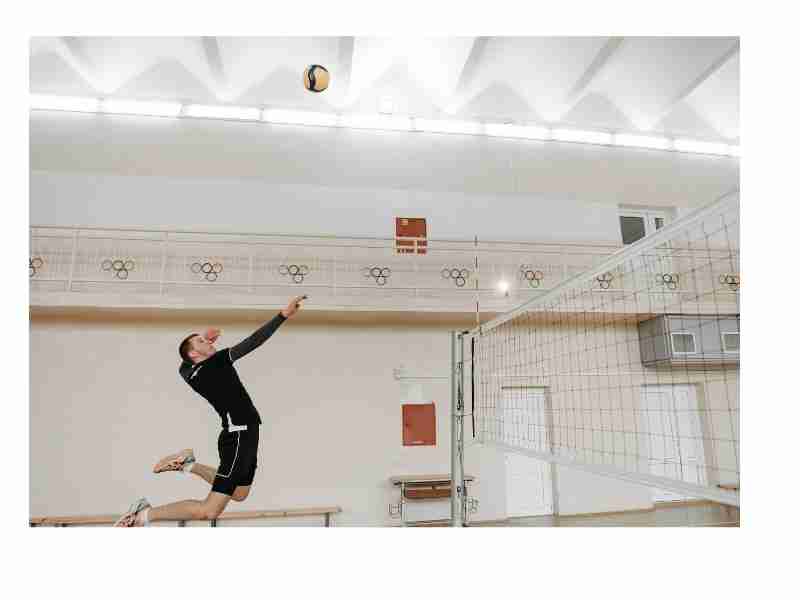
Volleyball is a challenging sport. There’s a lot of running, jumping, and slamming into things. So it’s no surprise that nearly everyone who plays volleyball will experience bruising at some point. Here’s what you need to know about treating a volleyball bruise.
To explain what causes bruises, it is essential first to understand their causes. As the ball hits muscle fibers and connective tissue, it causes small blood vessels to tear and cause blood to leak beneath the skin.
In time, the bruise may fade to purplish black, reddish blue, or yellowish green, depending on how quickly it heals.
If you experience a bruise during volleyball, the best thing to do is to rest, ice, compress, and elevate the affected area. You can use over-the-counter pain medication to help with any discomfort.
Most bruises will heal on their own within 2-4 weeks. However, if your bruise does not heal or worsens over time, you should see your doctor. You may need tests to rule out any underlying problems.
How to Heal Volleyball Bruises?
Volleyball is a great sport but can be tough on your body. If you experience a bruise during gameplay, follow the RICE method—rest, ice, compression, elevation—to help speed up the healing process.
Rest:
When you first experience a bruise, it’s essential to rest the area. This will help to prevent further injury and allow the bruise to heal.
Ice:
Applying ice to the area will help reduce swelling and pain. Ice should be used for 20 minutes multiple times throughout the day.
Compression:
To reduce swelling, you can wrap the area with an elastic bandage. Make sure not to wrap too tightly, as this will cause more pain and swelling.
Elevation:
Keeping the area elevated above heart level will also help reduce swelling.
Most bruises will go away on their own within a few weeks. If you experience a bruise while playing volleyball, following these tips will help you recover quickly to get back on the court.
Remember to rest, ice, compress, and elevate the area as soon as possible after injury. And if the bruise does not heal or gets worse over time, be sure to see your doctor.
How long do volleyball bruises last?
If you’re asking yourself how long volleyball bruises last, the answer is usually 2-4 weeks. However, if you’re experiencing new symptoms or your injury is not improving over time, it’s essential to see a doctor.
They may want to run tests to see if you have bone or nerve damage. In the meantime, there are things you can do to help manage your pain and swelling.
Apply ice for 20 minutes at a time, several times a day. You can also take ibuprofen to help reduce inflammation. And be sure to elevate your injury whenever possible.
With a bit of time and TLC, those volleyball bruises will be gone before you know it!
How can you care for volleyball bruises at home?
Here’s how you can care for volleyball bruises at home:
1. Apply ice or a cold pack to the area for 10 to 15 minutes several times a day.
2. Keep your hand elevated above your heart to reduce swelling.
3. Take over-the-counter pain relievers such as ibuprofen or acetaminophen.
4. Follow your doctor’s advice on exercises and movements.
Call your doctor if the pain and swelling don’t improve after a few days. They may prescribe more vital pain medication or suggest other treatments.
Volleyball bruises can be painful and frustrating, but with the proper care, they’ll heal quickly. So, don’t let volleyball bruises keep you from enjoying the game!
What is the best way to get rid of a bruise in 24 hours?
Ice is your best friend if you’re looking to get rid of a bruise in 24 hours. Apply ice immediately after the injury to reduce swelling and inflammation. You can use a cold compress or an ice pack wrapped in a towel for 20 minutes.
Just be sure not to massage the area or apply heat, as this can worsen the bruise. After 48 hours, you can use a warm compress to help break up the bruise and encourage lymphatic drainage.
So if you want to get rid of those volleyball bruises or bruised arms from your latest workout, follow these simple tips, and you’ll be back to normal in no time!
- Reduce the severity of a bruise by using a cold compress for the first 24 to 48 hours after the injury.
- Apply ice as quickly as possible to minimize bruising.
- Avoid massaging the area or applying heat, which may worsen the bruise.
- After 48 hours, use a warm compress to help break up the bruise and encourage lymphatic drainage.






